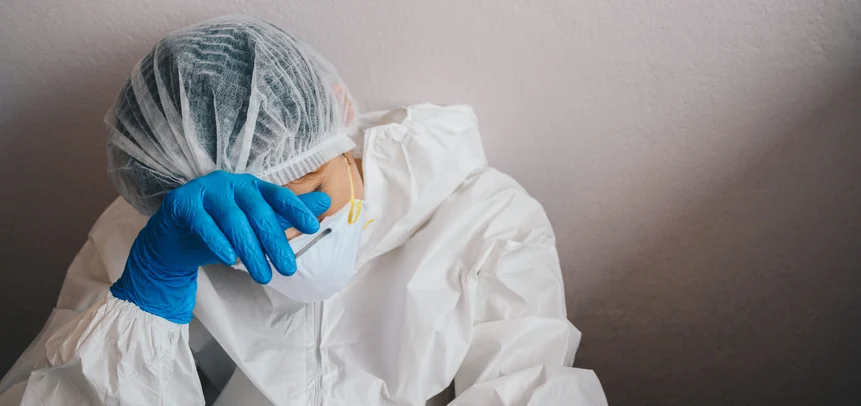
Effective August 5, 2021, the VA amended its adjudication regulations, adding three respiratory conditions—chronic asthma, rhinitis, and sinusitis (including rhinosinusitis)—to a list of presumptive conditions. The VA has long known about hazardous particulate matter exposure (including burn pits, dust storms, etc.), but this represents the first substantive legal change to make it easier for veterans seeking disability compensation for their respiratory conditions.
In this post, we’ll cover who this change applies to, what it means for claimants, and how to apply for benefits. We’ll also cover issues with the effective date, which can be tricky given the change in law.
Who does this apply to?
Broadly, the presumption applies to veterans who served in the Southwest Asia theater of operations between August 2, 1990 and present. Under VA regulations, the Southwest Asia theater of operations refers to Iraq, Kuwait, Saudi Arabia, the neutral zone between Iraq and Saudi Arabia, Bahrain, Qatar, the United Arab Emirates, Oman, the Gulf of Aden, the Gulf of Oman, the Persian Gulf, the Arabian Sea, the Red Sea, and the airspace above these locations. 38 CFR 3.317(e)(2). Additionally, veterans will be eligible for this new particular matter presumption if they served in Afghanistan, Uzbekistan, Syria, and Djibouti between September 19, 2001 and present. 86 FR 42724. If you served in any of these locations during the appropriate time period, this presumption should apply.
What does this change in law mean?
By lowering the evidentiary burden for claimants, this new presumption should make it easier for veterans to establish service connections, and thus gain access to disability compensation for, these three respiratory conditions.
Typically, a veteran must prove three elements—(1) a current disability, (2) an in-service incurrence, event, or injury, and (3) a medical nexus or link between the current disability and the event that occurred in service—to establish service connection.(This is what is called“direct service connection”. 38 CFR 3.303) However, under the new presumption, veterans only need to establish one of these three conditions:a current diagnosis of chronic asthma, rhinitis, and/or sinusitis, within ten years of service. This means that, so long as a Gulf War-era veteran can establish that his or her chronic asthma, sinusitis or rhinitis presented within ten years of service, the condition is presumed to be connected to military service.86 FR 42724. Compared to standard claims, which are based on the three elements of direct service connection, meeting these presumptive requirements(and receiving benefits) is substantially easier.
How to apply?
If you are a veteran who served in Southwest Asia, but who has not applied for these respiratory conditions before, you will need to submit a new claim (VA Form 21-526EZ).
If your application for compensation for chronic asthma, rhinitis, and/or sinusitis was previously denied, you should submit a supplemental claim (VA Form 20-0995). Since this appeal is based on a change in law, you should not be required to submit new and relevant evidence. Rulings at the federal circuit, such as Routen v. West, 142 F.3d 1434(Fed. Cir. 1998), support the idea that a change in law qualifies as “new and relevant” evidence. That said, we can assist veterans with these types of appeals, and encourage claimants to reach out with questions and issues they have with their appeals.
What about the effective date/retroactive pay?
It’s important to note that, because these new respiratory presumptions are a change in law, the effective date for these claims—and retroactive benefits—may differ from the norm. In fact, veterans may be entitled to up to 1 year of retroactive benefits for claims that are granted as a result of this new change in law, even if they are submitting a new claim. For claims that are received within one year of August 5, 2021 (the effective date of the change in law), VA benefits may be authorized from the effective of the change in law. 38 CFR 3.114 (a)(1). Similarly, for claims which are received after August 5, 2022, veterans may receive 1 year of retroactive benefits for their respiratory claim, provided (among other things) they met the criteria for entitlement for that time. 38 CFR 3.114 (a)(3). To ensure that you receive the maximum retroactive pay possible, it’s important to apply sooner rather than later. As specialists in veterans’ disability benefits, we can ensure that you are getting the retroactive and ongoing compensation to which you are entitled.
If you have questions about this or any other issues with your respiratory claims, we’re here to help.




